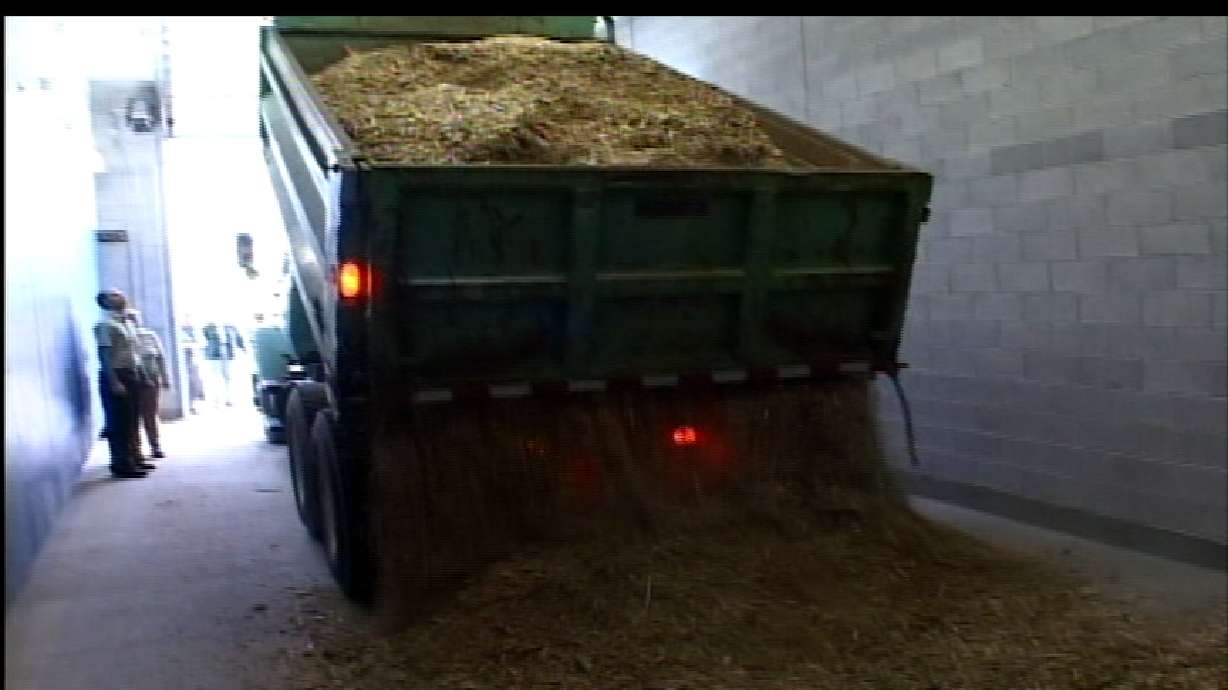Estimated read time: 2-3 minutes
This archived news story is available only for your personal, non-commercial use. Information in the story may be outdated or superseded by additional information. Reading or replaying the story in its archived form does not constitute a republication of the story.
John Hollenhorst ReportingState and federal agencies are teaming up to promote a new idea for heating Utah school buildings. Actually, it's an old idea: burning firewood.
It could mean more air pollution, and that issue will make this a hard sell for a lot of people. But government agencies are launching a statewide campaign. They claim new technology makes wood a cheap and relatively clean fuel source for schools.
Most Utah school kids are kept warm by natural gas, heating oil or propane, but how about wood chips? They're using them at one school in Idaho. They just cut the ribbon on a new heating system.
Idaho School Official, October: "This district will be saving literally millions of dollars over the life of this system."
The wood comes mostly from national forests. The government strategy is to cut down excess growth, thinning forests to reduce wildfire. Ordinarily there's no market for small trees and waste wood.
Dave Atkins, U.S. Forest Service, "Fuels for Schools": "The most common thing is it gets piled up and burned."
Dave Atkins heads the Forest Service 'Fuels For Schools' program. It's helped schools in Montana and Idaho convert to wood-burning boilers. It costs hundreds of thousands of dollars in return for expected savings.
Laura Lowe, Utah Div. of Forestry, Fire & State Lands: "We're talking about 50 to 100 thousand dollars per year in savings, depending on what they're replacing and the size of the buildings, of course."
Clean air advocates are skeptical.
Nina Dougherty, Sierra Club: "You're putting something that's polluting right where you have very vulnerable population. Kids are the ones who are at risk."
Forest Service data indicates new wood-burning boilers are cleaner than coal and oil. But they're about 10 to 20 times worse than natural gas for small-particle pollution, which is known to damage lungs.
Dave Atkins: "You're going to be generating many times more than that, burning the material in piles, than you would burning it in this clean system."
Nine Dougherty: "If you're burning it in the forest, you're not burning it next to the school, you're not burning it where the kids are getting it on the playground."
Even the Forest Service admits it may not be the best solution for schools in every location. In places, like the Wasatch Front, that already struggle with particulate pollution, Dave Atkins admits it's a fair question whether this new-old idea makes any sense.








